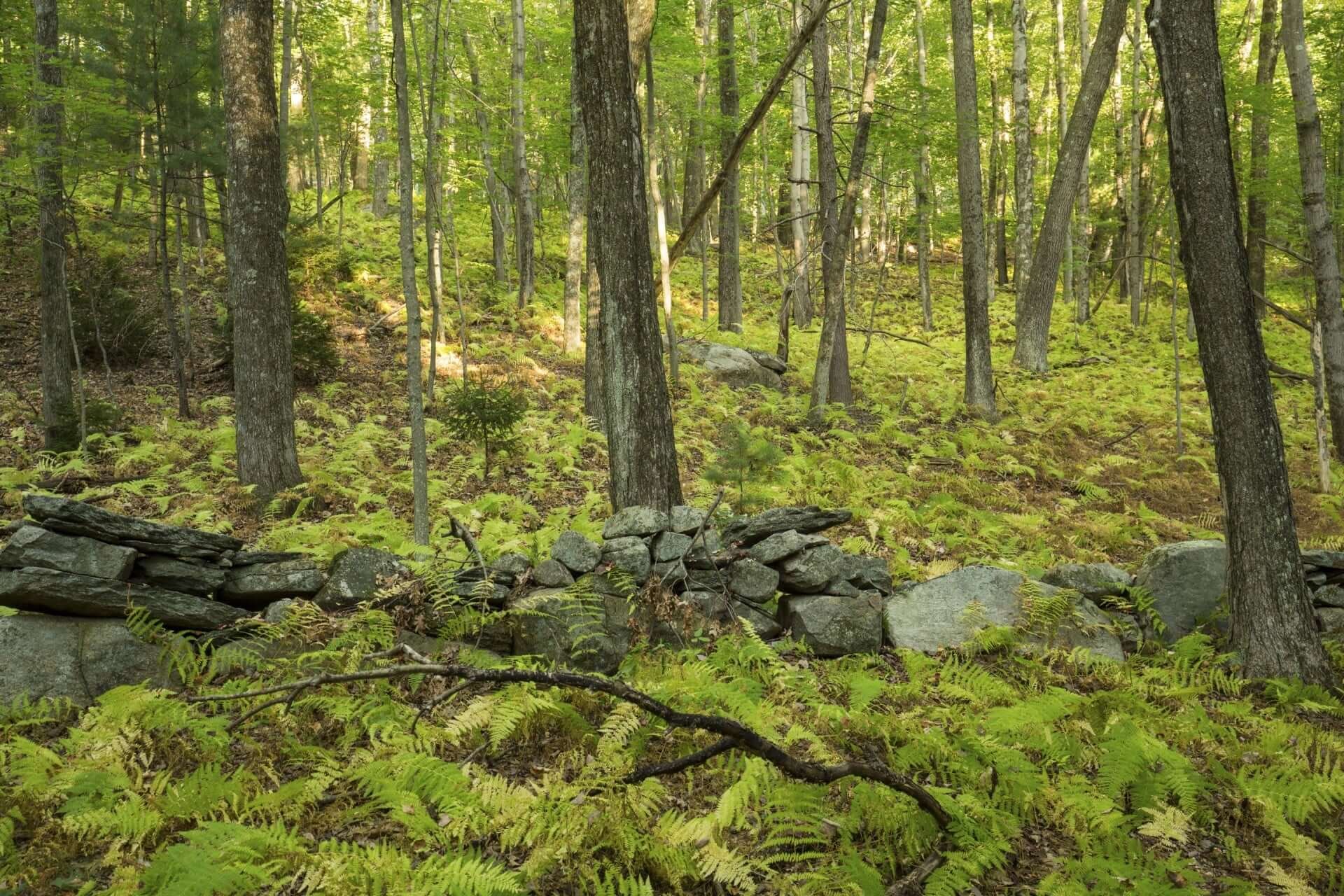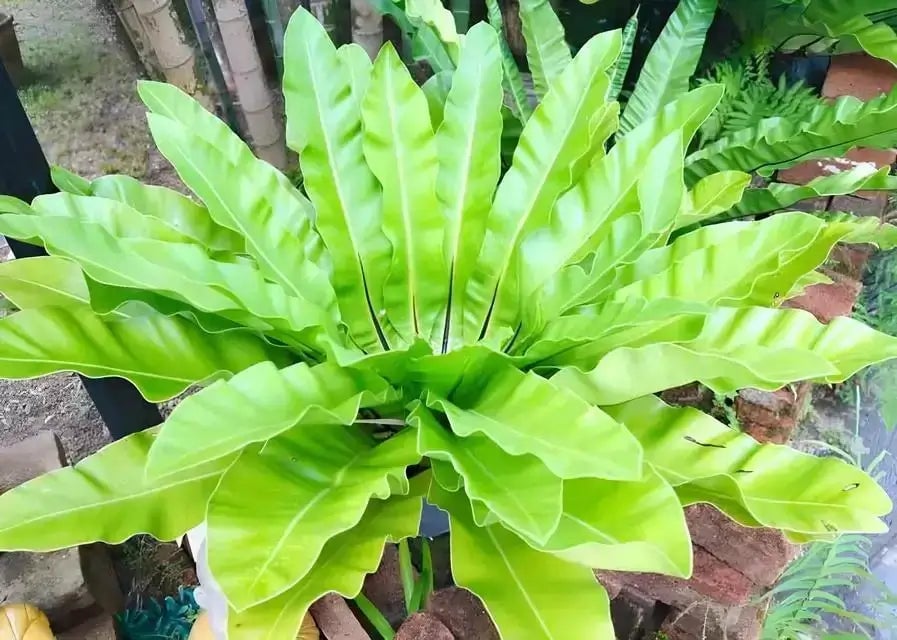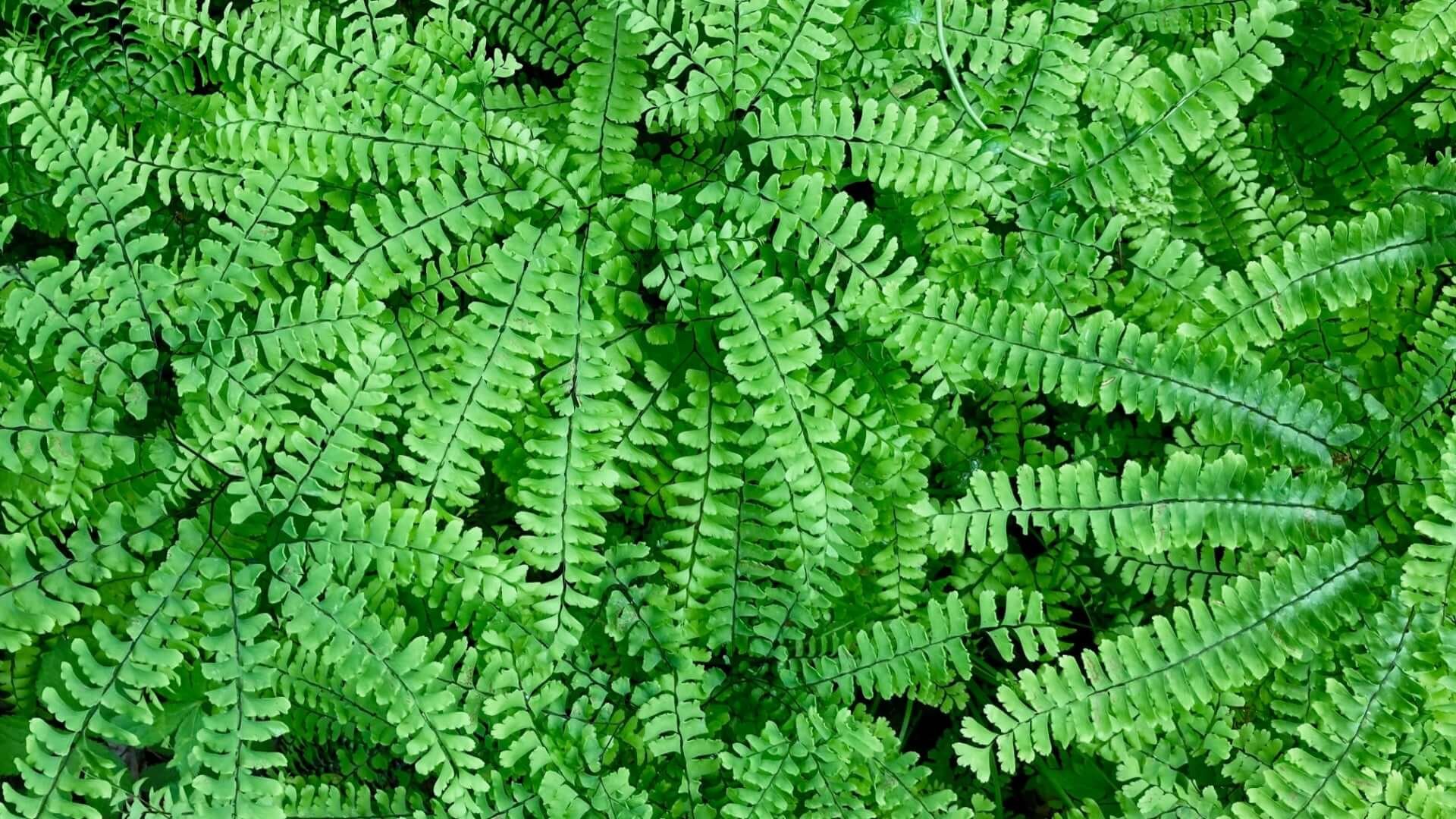Where is the Best Place to Put a Maidenhair Fern?
Maidenhair ferns, known for their delicate fronds and lacy, fan-like leaves, thrive in environments that mimic their natural woodland habitat. If you're looking to plant one in your garden, the best place to position your maidenhair fern is in a shady or partly shady area where it can receive indirect light. Unaffected daylight can be too severe for tender leaves, leading to browning or burning. Ideally, place the fern in an area that receives dappled sunlight, such as under the canopy of more giant trees or shrubs that can filter the light and provide the gentle protection it craves.
Indoors, you can place the fern in a north-facing window or an east-facing one where the morning light is soft and mild. Maidenhair ferns are also well-suited to bathrooms, as they love high humidity, and the steam from showers helps replicate the moist conditions they naturally enjoy. Alternatively, placing a humidifier nearby or misting the plant regularly can keep your indoor ferns happy.
The surrounding environment is crucial for maidenhair ferns. They thrive in areas where temperatures are moderate and consistent. An excellent spot where the temperature hovers around 60-70°F is ideal, as they can be sensitive to extreme heat or cold. When planting outdoors, avoid placing them in areas prone to drafts or sudden temperature changes. Indoors, keep them away from heat sources like radiators or cold windows during winter.
What Type of Soil Does Maidenhair Fern Like?
Maidenhair ferns love rich, organic, and well-draining soil that closely resembles the forest floor. They thrive in soils that are both nutrient-dense and retain moisture, but the key is finding the right balance - the soil must never be waterlogged. These ferns detest soggy conditions, as they are prone to root rot, but at the same time, they need consistently moist soil. A mixture of potting soil with added organic matter such as moss, leaf decay, or compost can provide the perfect foundation for a maidenhair fern. These ingredients help create a loose, airy texture in the soil, allowing for proper drainage while retaining moisture to keep the roots hydrated.
Adding perlite or sand to the dirt mix can also enhance drainage, ensuring water does not sit around the roots. If planting a maidenhair fern in a pot, ensure the container has suitable drainage holes to prevent water from accumulating at the bottom. When grown outdoors, a raised bed or mound of soil can help improve drainage, particularly in areas with heavy rainfall.
Maidenhair ferns prefer slightly acidic to neutral dirt, with a pH coverage between 5.5 and 7.0. You can test the soil's pH and adjust it by adding materials like sulfur to increase acidity or lime to raise the pH. Fertilizing is generally unnecessary if the soil is rich in organic matter. However, if you notice slow growth, a diluted, balanced fertilizer can provide a gentle boost during the growing season.
Does Maidenhair Fern Come Back Every Year?
Yes, maidenhair ferns are perennials, meaning they return year after year with proper care. When grown in favorable conditions, these ferns will continue flourishing each growing season, providing you with their delicate, light-green fronds as a consistent feature in your garden or indoor plant collection.

In regions where winters are mild, outdoor maidenhair ferns may maintain some foliage year-round, though their growth may slow down in colder months. In areas with harsher winters, they may die back to the ground in the winter but will sprout new growth once spring returns. When grown indoors, they tend to maintain a more consistent appearance throughout the year but may still have dormancy periods where growth slows, and fronds may dry out.
To help your fern return strong yearly, avoid overwatering and provide the necessary humidity and consistent moisture levels. Pruning back damaged or dried fronds can encourage healthy new growth. If your fern has suffered over the winter, trimming it back to the base in the early spring will help rejuvenate it for the new season.
How Tall Does Maidenhair Fern Get?
Maidenhair ferns are known for their graceful, arching fronds, typically reaching heights of 1 to 2 feet. This height makes them perfect for adding soft, natural texture to a shady garden border or as a striking houseplant that can fill a corner with lush greenery. While they are not particularly tall plants, their delicate appearance and spreading nature allow them to make a significant impact in the spaces they occupy.
In the wild, maidenhair ferns often grow in clusters, and if you allow them to spread out in your garden, they can form dense, low-growing patches. This creates a beautiful, natural look that can blend seamlessly into a woodland garden or add an element of tranquility to a landscaped area. Indoors, the fronds will gracefully spill over the edges of pots, creating a soft and calming presence in any room.
Although they remain compact, the overall health of the fern greatly influences how large it will grow. If you provide the ideal growing conditions - consistent moisture, high humidity, and rich, well-draining soil - your fern will reward you with fuller, taller fronds. Over time, with good maintenance, they can achieve the upper end of their height potential, but they will never become too large or unmanageable, making them an excellent choice for both small and large spaces.
In summary, maidenhair ferns are delicate beauties that thrive in shaded, humid environments with rich, well-draining soil. Their perennial nature ensures they yield year after year, delivering consistent beauty in your garden or home. With a graceful growth habit and moderate height, they can create a tranquil and natural setting wherever they are planted.
A Graceful and Ethereal Addition to Your Garden
Maidenhair fern (Adiantum spp.) Gardeners value maidenhair fern because its lacy fronds add timeless elegance to outdoor spaces. The maidenhair fern attracts enthusiasts and beginner gardeners because of its delicate black stems and bright green fan-like leaves. These ferns grow naturally across multiple global regions and flourish best in moist, shaded areas that resemble their original forest floor settings. When properly cared for and strategically placed in your garden, the maidenhair fern transforms the landscape into a peaceful woodland sanctuary, revealing its otherworldly allure.
The most distinctive characteristic of the maidenhair fern lies in its elegant presentation. The sleek appearance of maidenhair fern fronds contrasts with the large, robust fronds of some ferns as they create a graceful texture in garden borders and shaded areas. The plant grows well on moss-covered rocks and soft-flowing streams, offering plenty of moisture. You must recreate their natural environment to achieve optimal growth conditions for your garden maidenhair ferns. Use well-aerated organic soil that drains appropriately yet retains enough moisture always to stay moist. Maintain proper moisture levels to keep maidenhair fern fronds healthy and complete, but avoid excessive watering, which can lead to root rot. To sustain a healthy population of maidenhair ferns, gardeners must achieve an equilibrium between continuous moisture provision and adequate soil drainage.
When planting a maidenhair fern in your garden, you must prioritize selecting a shaded area. Maidenhair fern grows best when it receives filtered sunlight or partial shade, although some species can handle mild sun. The maidenhair fern thrives best in locations like woodland gardens and shaded courtyards or north-facing areas of your landscape. Ferns need protection from direct sunlight, which can be achieved by planting them next to taller plants or beside walls and fences. You can use it as a decorative potted plant to enhance shaded patios or porches. The fern sustains its famous vibrant green fronds by thriving in dappled shade, preventing stress from intense sunlight rays.
The upkeep of the maidenhair fern is uncomplicated when you monitor its specific needs for water and appropriate lighting conditions. If fern fronds display discoloration or wilting, you should examine their moisture levels and adjust light exposure accordingly. Remove dead or damaged fronds so that healthy fronds can develop properly. The fern has shallow and delicate roots, so you must carefully work the soil around it when weeding to prevent disturbing its roots. Organic mulch materials like leaf mold or shredded bark retain moisture and suppress weeds. Using a diluted balanced fertilizer occasionally helps promote healthy plant growth, but many gardeners report that rich organic soil alone provides enough nourishment to sustain this delicate fern.
Planting the maidenhair fern in your garden transforms your space into a serene area that mimics the tranquility of a forest. A gentle wind creates an elegant effect as its featherlike fronds flutter gracefully while its understated yet enchanting appearance suits multiple garden aesthetics. The maidenhair fern enhances your garden as a subtle reflection of nature’s serene beauty, whether you plant it among stones and moss, tuck it into a cozy corner, or display it in a shaded border. The delicate fern offers timeless appeal, which lasts through many seasons when you maintain proper moisture levels combined with adequate shade and light care.
Read more

With their elegant appearance and ability to spread without overwhelming other plants, hay-scented ferns are an excellent addition to any shaded or woodland garden. Their fragrance, versatility, an...

Walking ferns are an excellent example of nature's creativity and adaptability. They thrive in rocky, shaded environments where other plants might struggle, and their unique propagation method allo...



